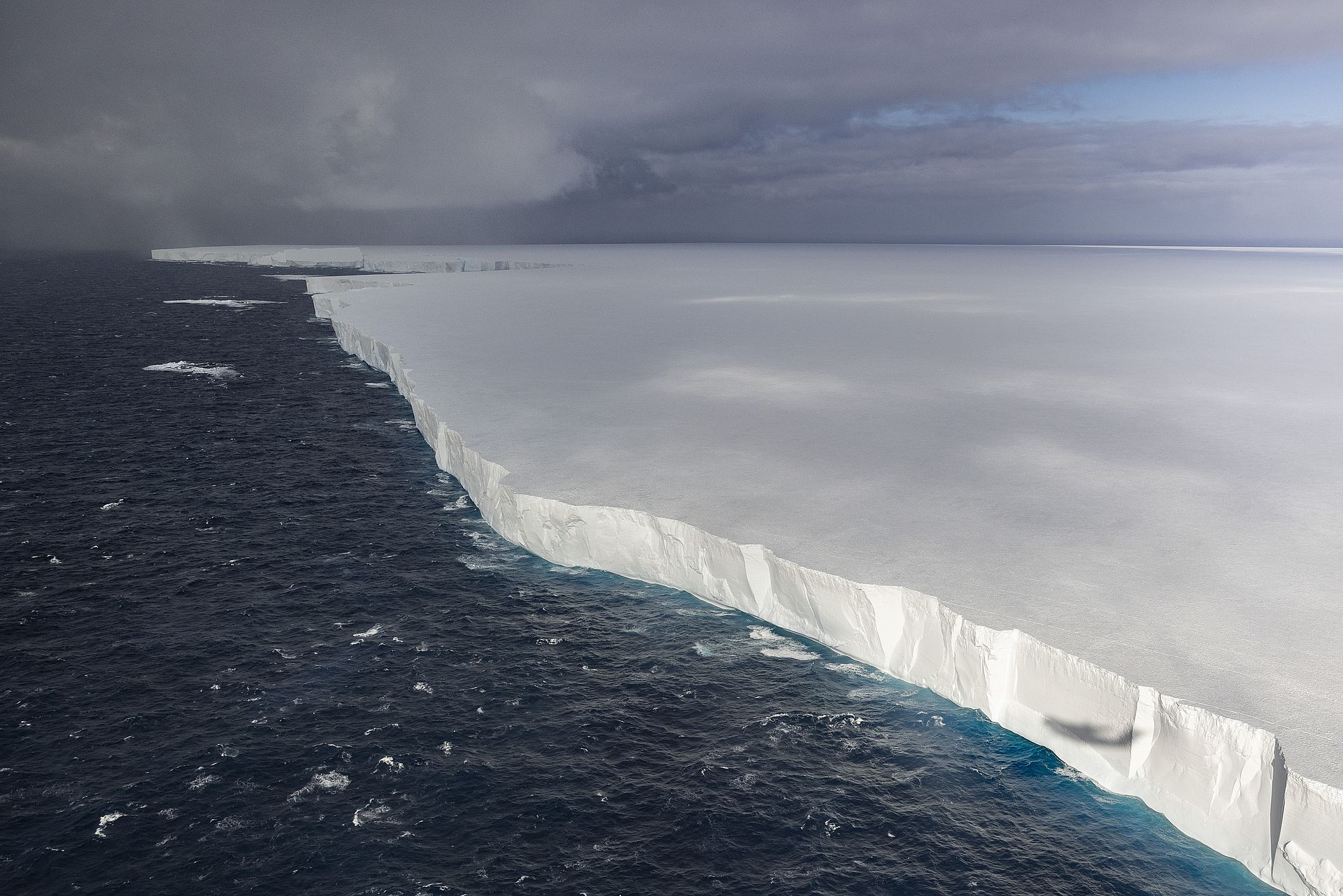A world without chocolate?! In less than 30 years it could be a reality
By 2050, rising temperatures will push today's chocolate-growing regions more than 1,000 feet uphill into mountainous terrain, much of which is currently preserved for wildlife, according to the National Oceanic and Atmospheric Administration.
Oxfam was the organization that launched the serious warning and set, in the middle of the 21st century, the date on which chocolate could cease to exist.
Image: Etty Fidele/Unsplash
Of course, much earlier, around 2030, chocolate could be such an exclusive luxury that it could resemble delicacies such as caviar.
Image: Emma Vendetta/Unsplash
According to Oxfam Intermón’s report, climate change is the culprit for making chocoholics fear for their future.
Image: Matt Palmer/Unsplash
Specifically, they speak of droughts and extreme temperatures as the causes that will lead to definitive damage to cocoa crops around the world.
Image: Matt Palmer/Unsplash
The International Center for Tropical Agriculture (CIAT) looked, in a report, directly at Ghana and Ivory Coast, two of the largest cocoa producers on the planet, with more than 50% of production behind them.
Image: Hans Eiskonen/Unsplash
According to CIAT, in these two countries temperatures will increase by around 2ºC (35.6ºF) between now and 2050.
Image: Unsplash - Jaroslaw Kwoczala
An increase in temperature would make the cocoa harvest almost unviable, since it needs tropical, humid climates and temperatures of around 20ºC (68ºF).
The seeds of the cocoa tree, which grow in tropical climates with abundant rainfall throughout the year, would be seriously affected by the lack of rain and the increase in temperature.
Image: Unsplash - Evans Amoah
A cocoa tree needs around five years to reach its point of maturity and has a lifespan of 30 years. For this reason, the National Oceanic and Atmospheric Administration, affirms that climate change will not affect this generation of cocoa plants, but the next.
Image: Kyle Hinkson/Unsplash
With the amount of demand that exists in today's globalized society, five years is a very long process, that, in the coming climatic changes, many crops will not be able to deliver.
Image: Andres Medina/Unsplash
What measures can be taken to try to save the chocolate? For now, Mars, one of the world's leading chocolate manufacturers, has partnered with the University of California at Berkeley to genetically modify cocoa plants.
Image: Denny Muller/Unsplash
CRISPR is a technology that allows the DNA and genome to be modified on demand so that cocoa plants can survive in drier and warmer environments.
Image: Sangharsh Lohakare/Unsplash
The National Oceanic and Atmospheric Administration recommends that farmers grow specific cocoa plants that are more resistant to drought.
Image: Rodrigo Flores/Unsplash
Another measure being implemented is to use Brazil's traditional sustainable method known as “Cabruca”, in which trees are planted in the jungle to provide more shade for the cocoa plants.
Image: Joanna Kosinska/Unsplash
There are still quite a few options to save cocoa, but what seems clear is that in the medium-term future, chocolate will become a much more expensive item than it is today.
Image: Coffeefy Workcafe/Unsplash
Many brands have begun to use cocoa substitutes to reduce its purity and thus make it more affordable to the general public.
Image: Anete Lusina/Pexels
White chocolate, for instance, doesn’t contain solid cocoa, like milk and dark chocolate, although it contains cocoa butter, milk and sugar.
Despite warnings, many scientists, like Megan Hochstrasser, science communications manager at UC Berkley, told USA Today that "Chocolate is not 'on track' to go extinct in 40 years."
Image: Charisse Kenion/Unsplash
More for you
Top Stories
































